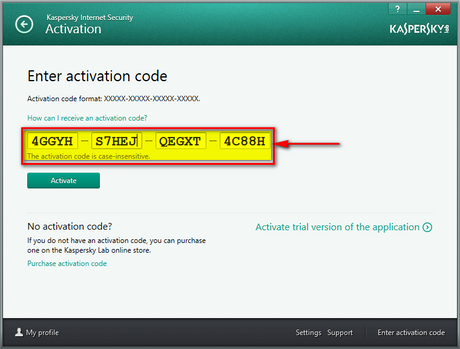

Such bugs can give network attackers full control over the computer. DoS attacks often use bots (or a botnet) to carry out the attack.Īpplications used to access Internet resources may contain security vulnerabilities such as memory safety bugs or flawed authentication checks. According to business participants in an international security survey, 25% of respondents experienced a DoS attack in 2007 and another 16.8% in 2010. It works by making so many service requests at once that the system is overwhelmed and becomes unable to process any of them. A Trojan horse, commonly known as a Trojan, is a general term for malware that pretends to be harmless, so that a user will be convinced to download it onto the computer.Ī denial-of-service attack (DoS) or distributed denial-of-service attack (DDoS) is an attempt to make a computer resource unavailable to its intended users.Often referred to as keylogging or keyboard capturing, is the action of recording (logging) the keys struck on a keyboard. One particular kind of spyware is key logging malware.


Spyware refers to programs that surreptitiously monitor activity on a computer system and report that information to others without the user's consent.The selling approach uses social engineering to cause shock, anxiety, or the perception of a threat, generally directed at an unsuspecting user. Scareware is a program of usually limited or no benefit, containing malicious payloads, that is sold via unethical marketing practices.Ransomware is a type of malware that restricts access to the computer system that it infects, and demands a ransom in order for the restriction to be removed.Computer worms are programs that can replicate themselves throughout a computer network.The typical purpose of a virus is to take over a computer to steal data. Computer viruses are programs that can replicate their structures or effects by infecting other files or structures on a computer.A botnet is a network of computers that have been taken over by a robot or bot that performs large-scale malicious acts for its creator.The term badware applies to both malware and unintentionally harmful software. Malware is defined by its malicious intent, acting against the requirements of the computer user, and does not include software that unintentionally causes harm due to some deficiency. Malware, a portmanteau of malicious software, is any software used to disrupt computer operation, gather sensitive information, or gain access to private computer systems.Malicious software comes in many forms, such as viruses, Trojan horses, spyware, and worms. Security information and event management (SIEM).Host-based intrusion detection system (HIDS).


 0 kommentar(er)
0 kommentar(er)
